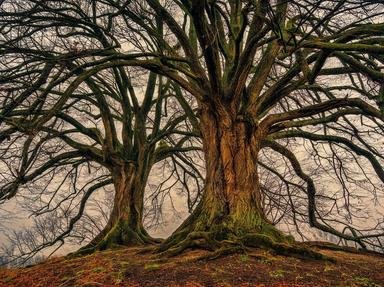
It's Epic! Trivia Quiz
A Timeline of Great Epic Movies
Who doesn't like a grand, sweeping epic movie that allows the imagination to travel through time and space? This film genre is nearly as old as cinema itself. Here are a few examples of great epic films for you to order according to the year of release.
An ordering quiz
by LadyNym.
Estimated time: 3 mins.